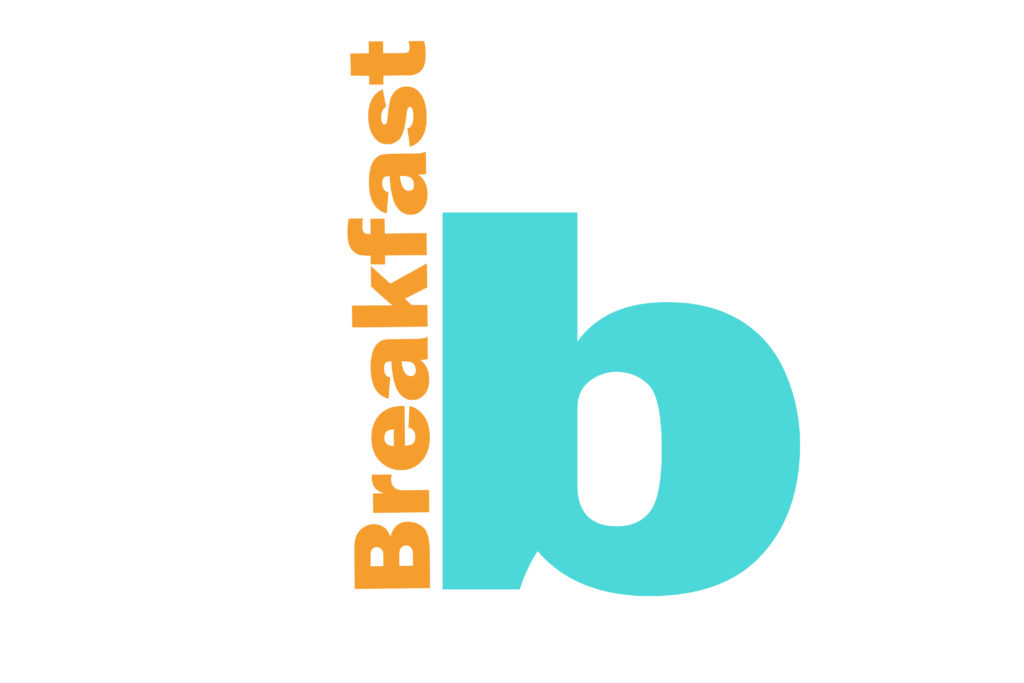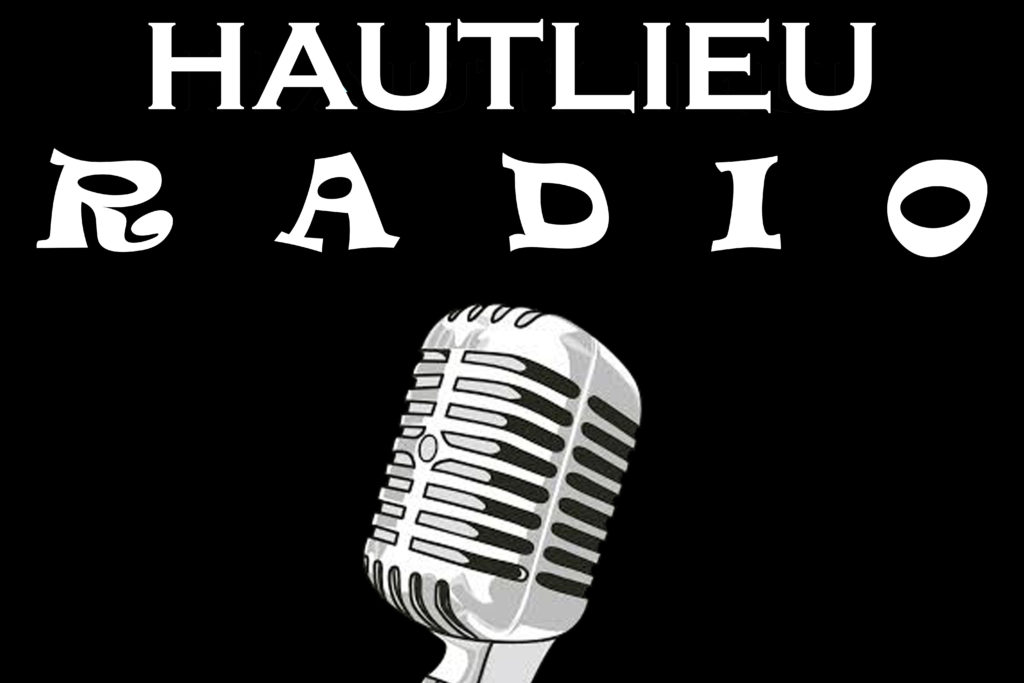
Show logo




Habermas theorised the concept of the free press whereby the media and the press should be free from interference and bias, ownership and political control. He argued that the newspaper should be made by the people for the people in ‘coffee house culture’ and deliver factual and unbiased accounts.
Elements of this are evident in the ‘I Newspaper’ and in its struggle for a just and égalitarisme society. ‘Do you want the good news or the bad news?’. This interrogative headline of the 19th October 2020 edition illustrates the newspapers values.
As a liberal free press, unlike the sensationalist and inaccurate account of science and medical research in order often seen in the Daily Mail newspaper, the I strives to give through and factual accounts of current affairs, not withholding or exaggerating issues in order to increase sales currently set at 221083. This is seen as the headline offers facts from both sides of the argument in order to deliver the truth to the audience despite the outcome as it is not corrupt or influenced by political control.
This links to Habemas as it draws on his concept of free press. The I is a liberal free press, that seeks to deliver facts and true accounts to the audiences, free from bias and political control.
| Question | The I | The Daily Mail |
| When they were first introduced? | 26 October 2010 | 4th May 1896 |
| Are they part of a bigger organisational structure? | The owner of the daily mail bought it from JPI media | The Daily Mail and Gerneal Trust |
| Are they known for a particular political perspective? | Does not openly support a particular party – Liberal | Conservatives |
| What kind of journalism do they produce? | Broadsheet – Hard News – Factual – ‘Free Press’ | Tabloid – Entertainment – Gossip – Celebrates – Elements of broadsheet |
| What kind of people run the paper? | ‘Free Press’ | Viscount Rothermere family |
| Do they have a similar readership reach? | 221,083 (October 2019) | 2.2 million (daily) |
| Do they have a similar readership profile / target audience? | All ages, class, gender, politics | Low Middle class British women |
| How are they currently doing? | 38% decrease from June 2019 – June 2020 | 15% decrease from June 2019 – June 2020 |
| How are they looking to embrace new media technologies? | Have online, free newspaper | Have an online, free newspaper |
| Do they have a similar layout and design? | Broadsheet | Tabloid |
Louis Althusser:
Louis Althusser looked at Ideological state apparatus (ISA) which refer to the structures filled with ideological ideas and beliefs that are connected to States and dominant interests and idea. ISA’s are complied with as they constantly reinforced and viewed by the mass as what is ‘right’, ‘normal’ and ‘expected’. IDA’s includes the theory behind how atrocities such as Slavery and Genocide are allowed to happen as they are ideas formed by the ruling classes to trap everyone into set beliefs and actions. He also theorised about Interpellation and haling which are the way in which identity is formed by the way that you are perceived by others and in turn see yourself due to the reinforcement of these ideas.
Habermass:
Habermass came up with the theory of the free press whereby the stated that the media/the press should be free from interference and bias, ownership and political control. He argued that the free should be made by the people for the people and deliver factual and unbiased accounts.
Curran and Seaton:
Curran and Seaton further developed the idea of Habermass that the media/press should be free from interference and bias, ownership, political control. They also stated that the patterns of ownership and control are the most significant factors in how the media operate. They recognised the dangers and issues associated with this such as domination and control of the mass by only filtering dominate ideals and biased assumptions through the media mainstream.
Noam Chomsky:
Chomsky devised the theory of manufacturing consent and the five filters in which it is obtained. Manufacturing consent is theory behind the way in which dominate powers corruptly control and artificially gain consent from the masses through the media. This is obtained through Chomsky’s five point filters, Financial ownership (Monopolistic companies, striving for profit and financial control aim to obtain this through any means) Advertising news (advertising paying media companies to attain audiences and cover cost of media production) Media Elite (the role and influence mass co-operations have within journalism) Flack and Anti-Communism. Financial ownership: Monopolistic c
Antonio Gramsci – the concept of hegemony / hegemonic struggle